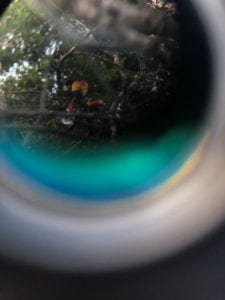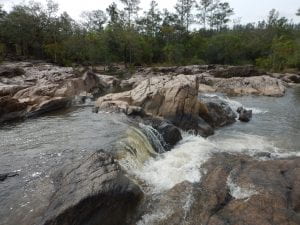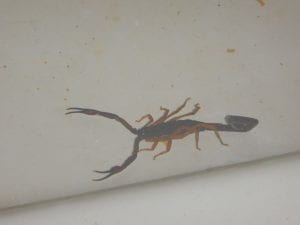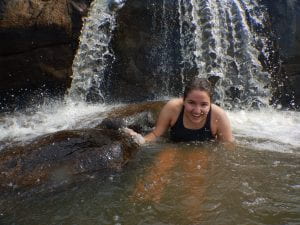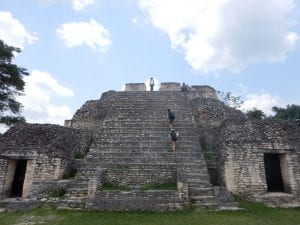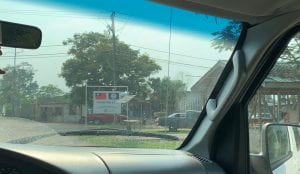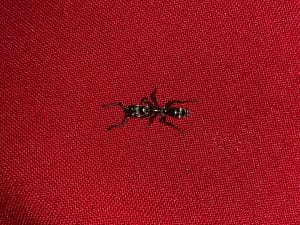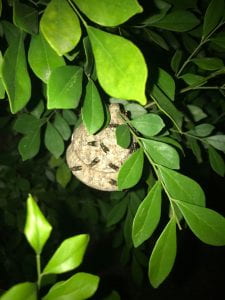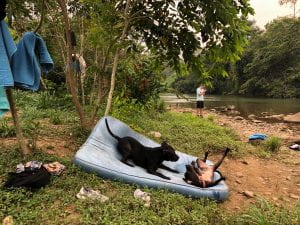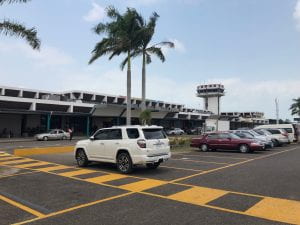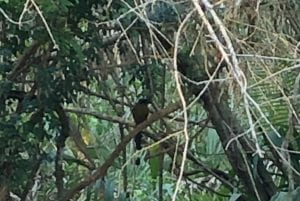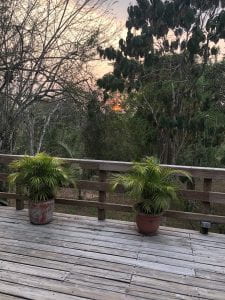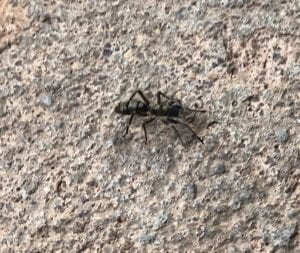5/17/19: In class today, we peed. Yes, you heard me right, we peed. For the love of science, we peed in vials that will act as nitrogen sources for our new field experiment. Our 2 questions for the experiment were: Is there a greater species richness and abundance of arthropods on the forest floor or in the canopy? And, is nitrogen limitation more severe on the forest floor or in the canopy? Currently, my pee sits awaiting arthropods in the middle of the Chiquibul forest. I’ll keep you updated as to how it goes.
Aside from that, I think my favorite part of the day was visiting the cave near Las Cuevas Research Station. It is crazy to me how something so beautiful can even exist all on it is own. It is not man-made; it just exists by the natural world. I went on the cave field trip in the second grade and that was the end of my cave-going days, so it was nice to see it as an adult to appreciate it more fully. We even had lectures inside of the cave which was very cool.
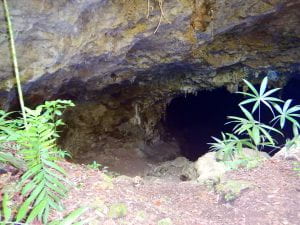
Today, I had a few interesting sightings of arachnids. Along the Mayan trail, I saw a wolf spider (genus: hogna) and a harvestman. The wolf spider was carrying an egg sack. The harvestman was red, black, and white. I saw quite a few red-rumped tarantulas today along the trail near their underground burrows. They are always a cool site.
The most intriguing find I had was on a night hike down the Mayan trial. Even with some research, I am unsure of the species of this spider. It was a beautiful orange color with black stripes; it had a thicker abdomen and legs than most spiders I have seen in the canopy. I nicknamed it the tiger spider. Check out the picture and let me know what you think!

Check in tomorrow because guess what? We are going to extract our pee. Cheese Belize!
Wish me luck!
-Bella

